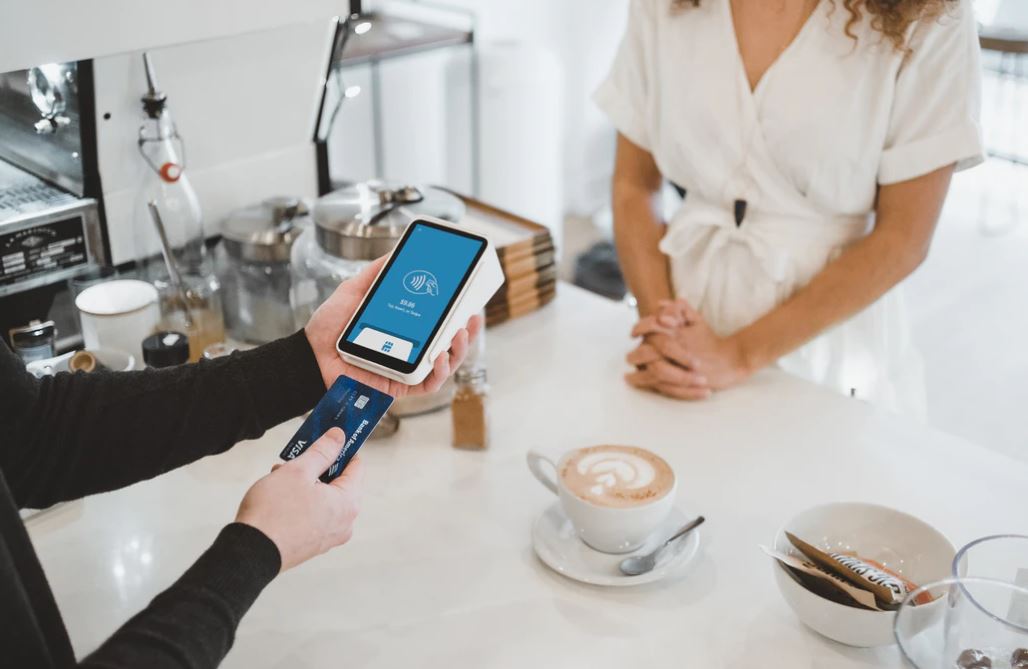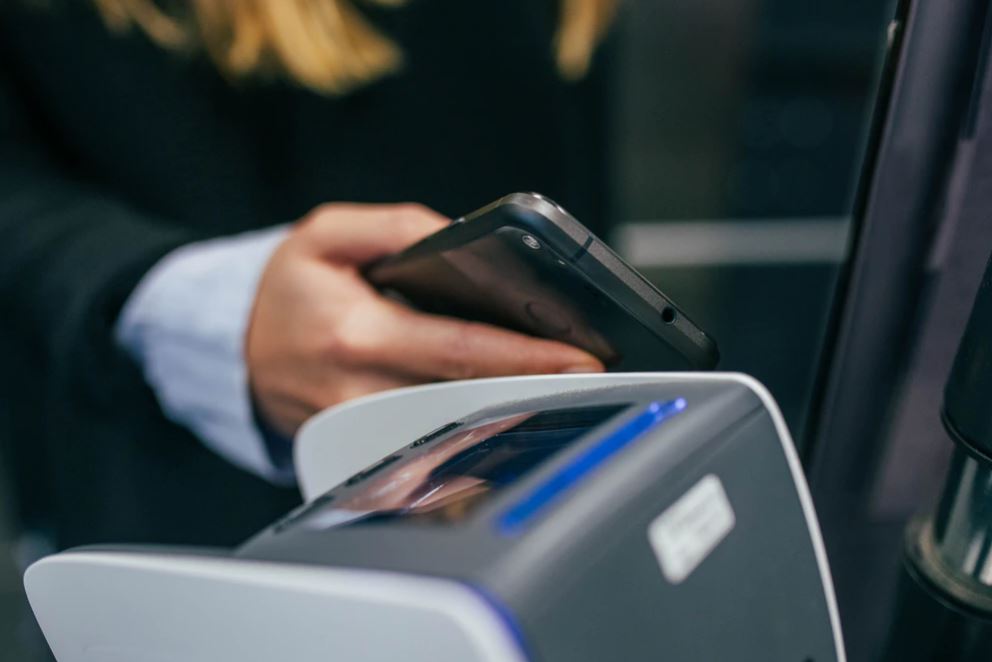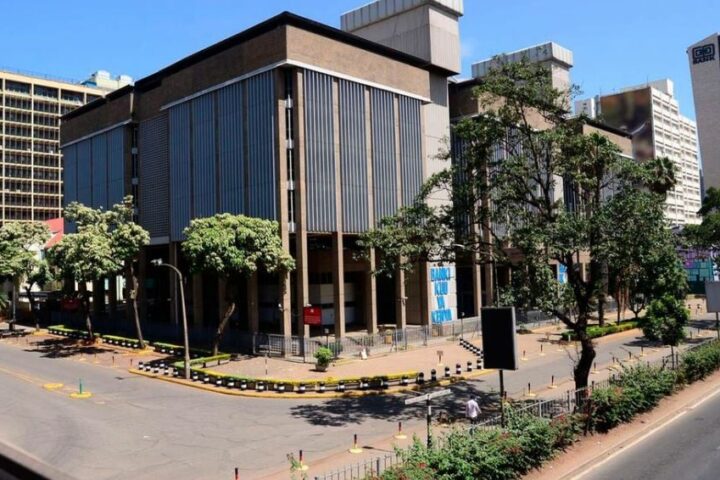 To get things started, let’s take a look at what exactly is meant by the phrase ‘cashless payments’. Broadly, it can refer to any system whereby money is moved electronically as opposed to through the exchange of physical cash – this can be via bank card, account transfer, digital wallet, QR code or a number of other different methods.
To get things started, let’s take a look at what exactly is meant by the phrase ‘cashless payments’. Broadly, it can refer to any system whereby money is moved electronically as opposed to through the exchange of physical cash – this can be via bank card, account transfer, digital wallet, QR code or a number of other different methods.
The world is well used to paying via debit or credit card by now, but newer practices such as paying via smartphone or digital wallet are still catching up in terms of popularity and market penetration.
Although a sizeable percentage of adults now seem to prefer cashless payment methods over traditional ones, other people have a hard time trusting the relatively recent change in transaction type.
However, the infiltration and accessibility rate of cashless payments is on the rise. Many brick-and-mortar businesses are investing in offering their customers this option in stores and restaurants worldwide, whilst online business relies almost totally on cashless payment methods to carry out daily transactions.
In fact, several high profile companies are speeding up the implementation of a cashless society through the public backing of various cryptocurrencies or digital wallets to spark more interest in this alternative way of paying.
Common Uses for Cashless Payments
So, what are some of the most common and recognizable uses for cashless payment methods? One obvious example is that of online shopping. As the online marketplace has grown over the last decade or so, we have come to rely more and more on its presence to fulfil our basic needs.
Millions of people across the planet now use online shopping behemoth Amazon to buy their weekly groceries through its dedicated subsidiary department, Amazon Fresh. Sites like ASOS, SHEIN and Zalando have cornered the fast fashion market, providing millions of customers with the latest trends including everything from swimwear to wedding dresses to winter coats.
So, how are all of these people paying for their goods? The answer is cashless payments. Either they can pay using a credit or debit card, or use a digital wallet like PayPal. Amazon even has its very own version called Amazon Pay.
Zooming out slightly, we soon discover that many online services use cashless payments, processing them through trusted providers and therefore safeguarding their customers’ money. For example, online gaming sometimes necessitates a cashless payment, whether that’s a microtransaction to upgrade your character’s outfit, or a payout from an online casino.
The most important element here is the use of dependable payment clients. Review sites such as Casinos.co.za do all the hard work by identifying the safest and fastest withdrawal casinos so that customers don’t have to trawl through them all, and they even advise on the best payment methods to use.
These include tried and tested digital wallets like Skrill and Neteller, as well as cryptocurrencies such as Bitcoin. The advantages of using the suggested instant withdrawal methods include increased confidence in the casino itself, good customer support should you need it, and convenience.
After all, the number one reason to use cashless payments for any transaction is so that the transfer takes place more quickly and more safely than with a traditional cash exchange.
Extravagant and Memorable Uses of Cashless Payments
Speaking of cryptocurrency, one of the most exciting ways in which to use this brand new and highly acclaimed cashless payment method is to buy a car. That’s right, tech giant Tesla has made its latest electric automobile models available to buy using Bitcoin.
As the current value of one whole Bitcoin is around US$60 000, it makes sense as to why this is an option, however strange it may seem to the majority of people. Not to be outdone, Virgin Galactic will let you pay for your space flight with Bitcoin; apparently, they’ve been offering this option since as far back as 2013, so it just goes to show how cashless payments have evolved, becoming better publicised and more accepted over the past 10 years or so.
It remains to be seen just where we will go next with cashless payments, but clearly the sky is not the limit for this alternative transaction method.







